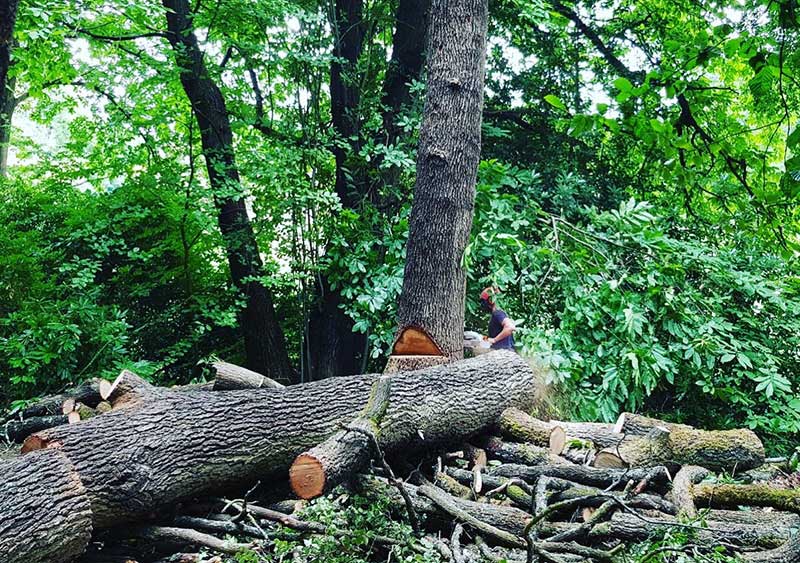What is honey fungus?
Plant diseases and fungi are the natural enemies of gardens and trees. Likewise, honey fungus attacks and sabotages woody plant roots, leading to dead tree stumps. However, honey fungus does not mean the end-all for your gardens or trees. An efficient tree surgery in Dorking can help you remove the honey fungus seamlessly. Here’s how you can spot honey fungus and save a tree or plant that is affected by it.
Honey fungus is a broad-spectrum term for various Armillaria fungi species that target perennial plants or deadwoods. It is one of the most lethal or destructive types of fungal disease, and it can be found in gardens nationwide. It can affect many species, such as birch, beech, apple, and pear trees.
How does honey fungus affect tree stumps left in the ground?
The decaying wood of a tree stump is the perfect spot for honey fungus to breed and take root. It can affect tree stumps below the ground level and eventually cause a myriad of issues above ground for other plants and trees as well. To remove the source of the infection, you need to excavate it from the ground.
Is it possible for trees to recover from honey fungus?
If honey fungus is left to spread, it can easily demolish trees to the ground. So, it is important to deal with the host as quickly as possible. Honey funguses are so dangerous that any debris left after removal should be burnt or moved to landfills.
What are the signs of honey fungus?
A few telltale signs of honey fungus may include leaves suddenly dying much earlier than expected, premature autumn colours, decaying roots, cracking bark, and honey-coloured mushrooms on tree trunks or stumps. The most characteristic symptom of honey fungus is the white growth under the bark, usually near the base of the stems.
How can you treat or remove honey fungus?
You should kill the fungi at the source by removing the dead tree stumps or treating them with general herbicides. In this case, most tree surgeons proceed to perform a total tree stump removal. A thorough treatment of honey fungus should also include excavation and destruction of all the stump materials and infected roots. This technique helps remove the food sources of the infection, thwarting the spread of the fungus.
Do you suspect your garden is infested with this deadly fungus? As a leading tree surgeon in Dorking, Arboright is ready to help you through thick and thin!
